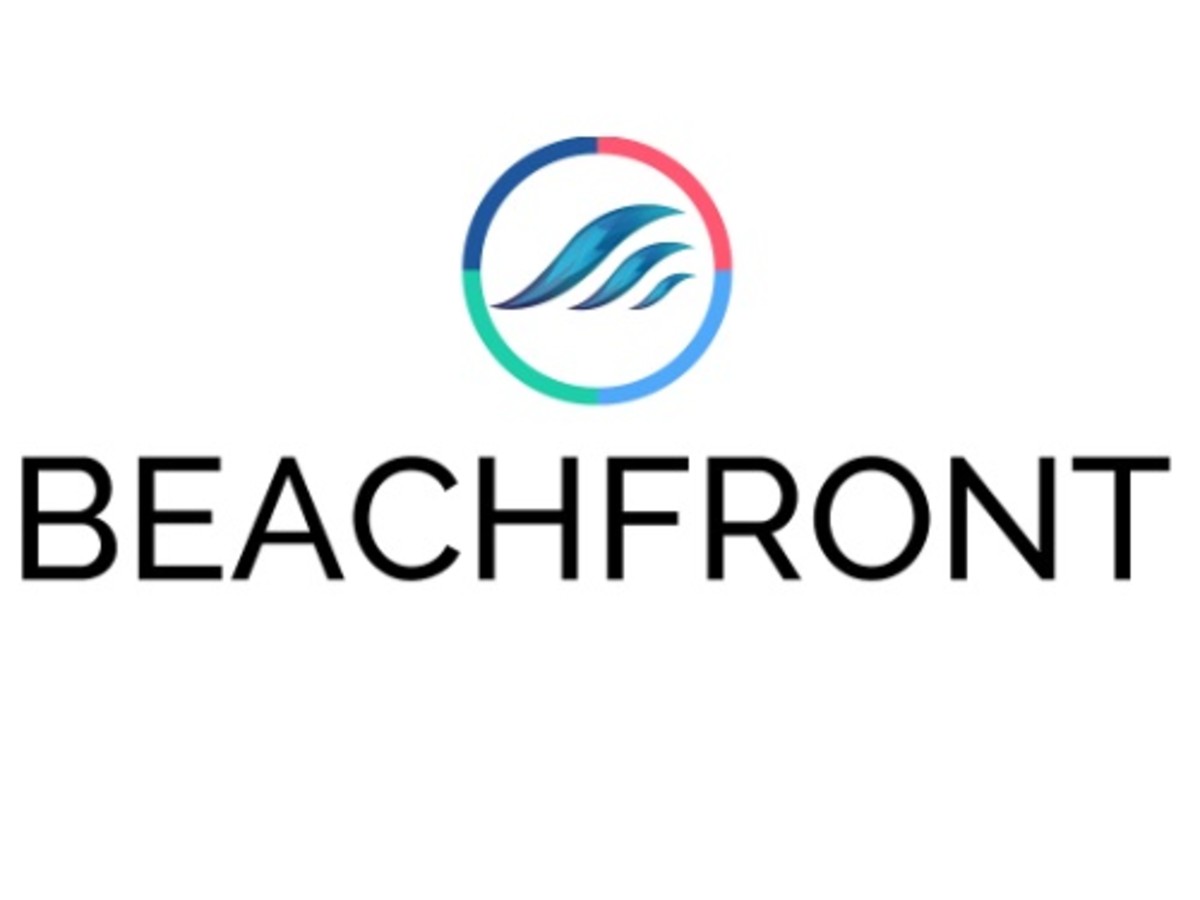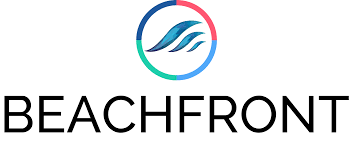Beachfront Makes Waves With CTV Ad Pod Bidding

With viewers flocking to a connected TV even faster now that they’re under quarantine, it’s probably a good time for a better way to buy and sell the growing amount of ad inventory that is being made available.

Video ad tech company Beachfront has introduced a programmatic Pod Bidding product that offers transparency to advertisers and opportunities for publishers to get more value as the auction off commercials in real time.
Beachfront’s Pod Bidding allows publishers to auction off all of the ads in a commercial break at once, while pricing each spot separately. The first spot in an ad pod generally commands a higher price, as does the last spot, and publishers can account for that in the way they set minimum rates.
By selling the entire pod in a single auction, the system also limits pauses and latency that hurt the quality of the viewing experience and encourage channel changing.

The system also accounts for keeping competitive advertisers out of a single pod and can provide advertisers with the impressions generated by each of the spots, Beachfront said.
“Drawing on more than a decade of experience solving the biggest monetization constraints facing premium video publishers, we believe pod bidding is the next evolution of CTV advertising. Pod Bidding will enable publishers and advertisers alike to maximize CTV inventory while improving the viewer experience,” said Beachfront founder and president Frank Sinton. “It was also important that we base Pod Bidding on Prebid open source, an underlying infrastructure that has a lot of industry momentum and gives more granular transparency back to publishers.”
Sinton said the system has been demoed by most of the major media companies and that pod bidding by CTV is currently being Beta tested by large networks who are conducting real transactions.
The smarter way to stay on top of broadcasting and cable industry. Sign up below
“We want to help publishers drive more revenue. So at the end of the day we’re giving tools to publishers,” he said. “It's still up to them. How many ads are in a pod, the pricing of the pod.I t's totally up to them.”
Beachfront’s new product also helps demand-side platforms by reducing the number of queries per second they have to make during auctions.
There is more need for a better way to sell CTV ads because of the way increased viewership has created additional inventory.
“Let's say there was 5% to 10% unsold inventory before. You’re probably seeing like 40% unsold now, just from the increased supply, let alone the advertisers pausing campaigns,” Sinton said.
Most programmatic systems were designed for digital display advertising “What we're saying is CTV advertising just needs a change. It needs to become more like TV and we need to give these tools to publishers and to advertisers so they can transact this way.”
Despite the higher inventory and lower demand, Sinton said prices haven’t sunk because publishers are setting floors on programmatic bidding and keeping them firm. ”They know that as soon as they lower their prices, they’re stuck,” he said.
Many of the ad supported CTV players have been bought by larger media companies recently, but Sinton said those companies are still being operated independently and are open to new solutions.
“There's more of a need for this type of product now than there even was pre-COVID,” he said. “They’re thinking that ad tech really wasn’t that efficient. That’s actually been a pretty big catalyst to launching this product right now.”
Jon has been business editor of Broadcasting+Cable since 2010. He focuses on revenue-generating activities, including advertising and distribution, as well as executive intrigue and merger and acquisition activity. Just about any story is fair game, if a dollar sign can make its way into the article. Before B+C, Jon covered the industry for TVWeek, Cable World, Electronic Media, Advertising Age and The New York Post. A native New Yorker, Jon is hiding in plain sight in the suburbs of Chicago.

